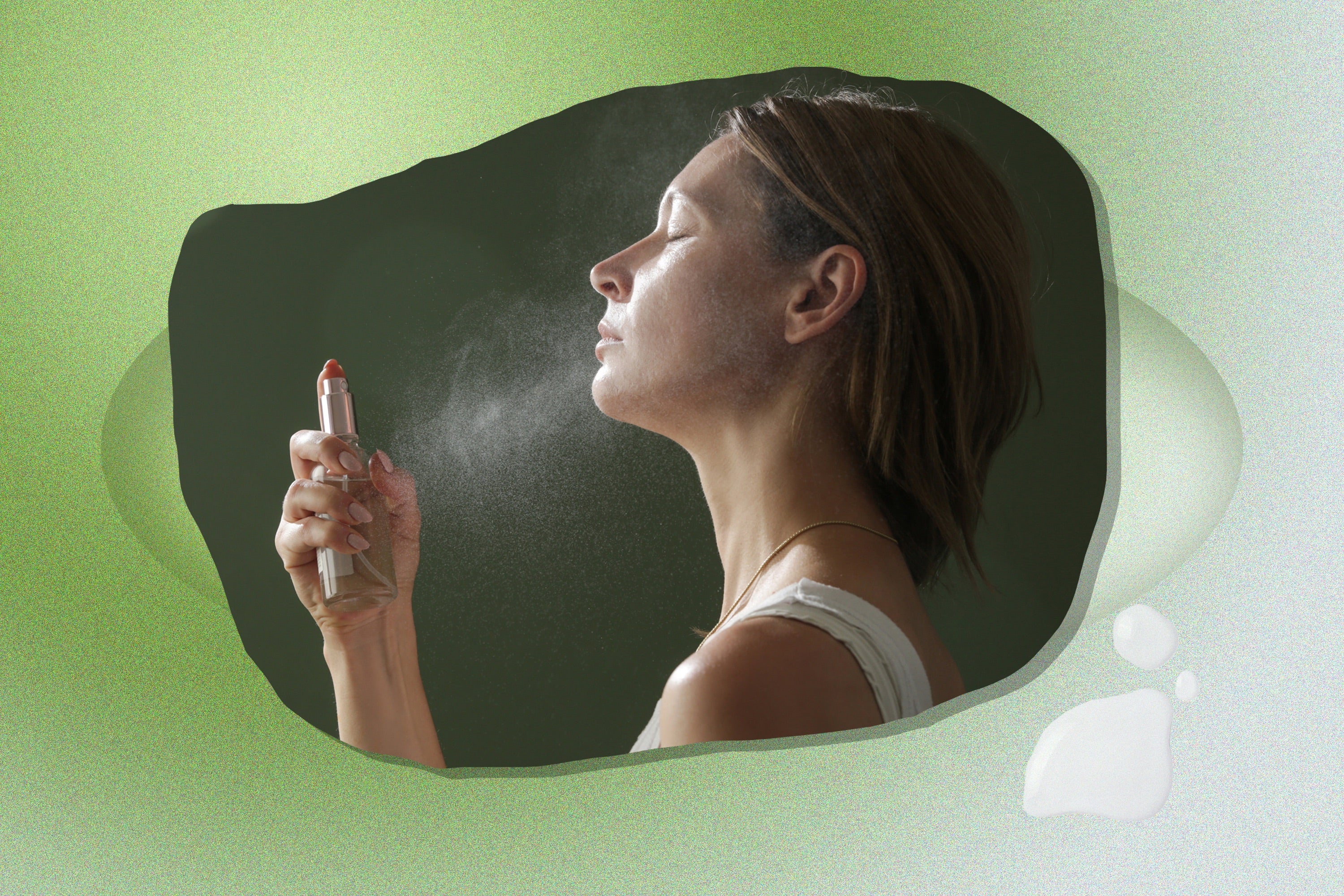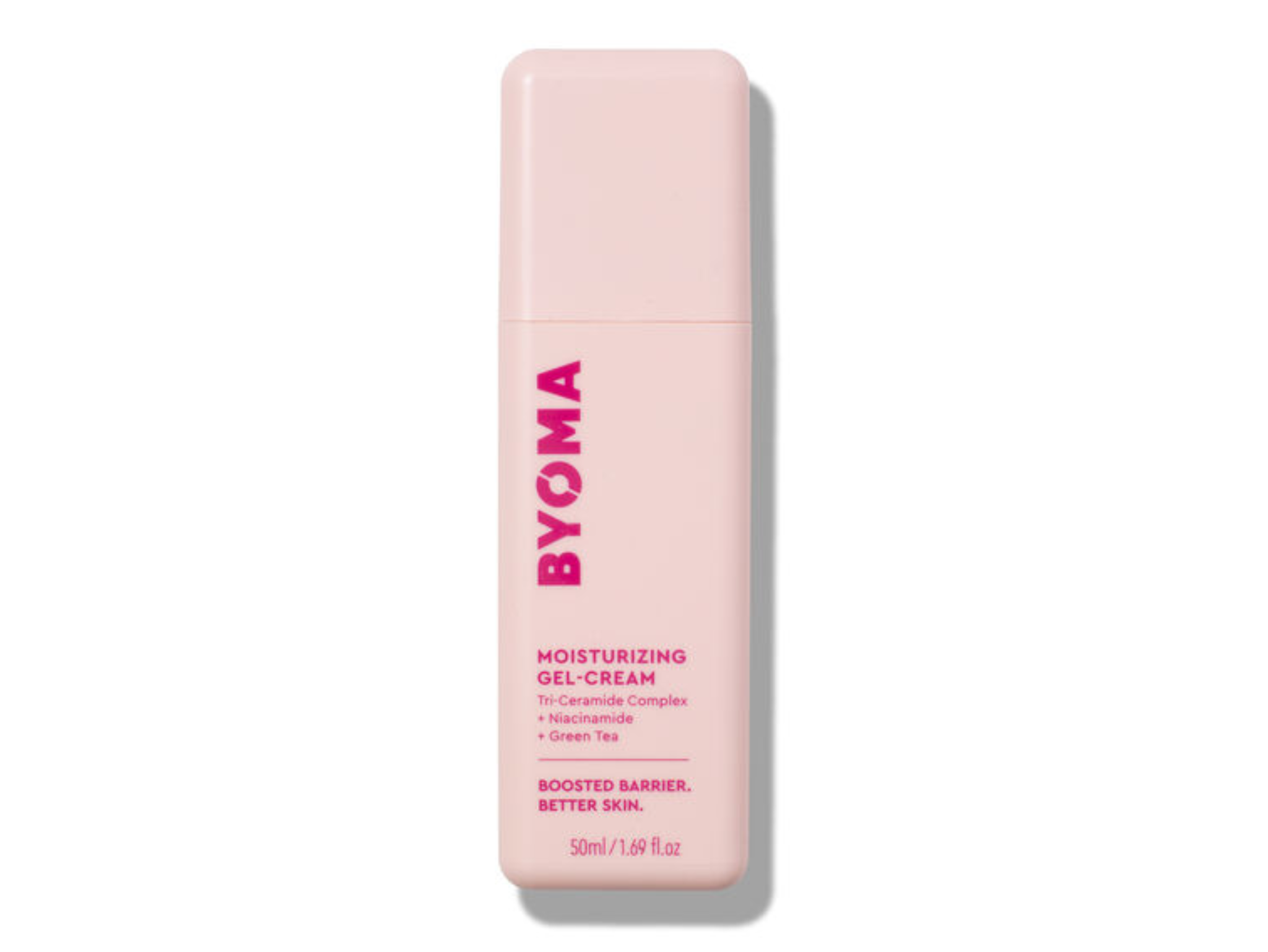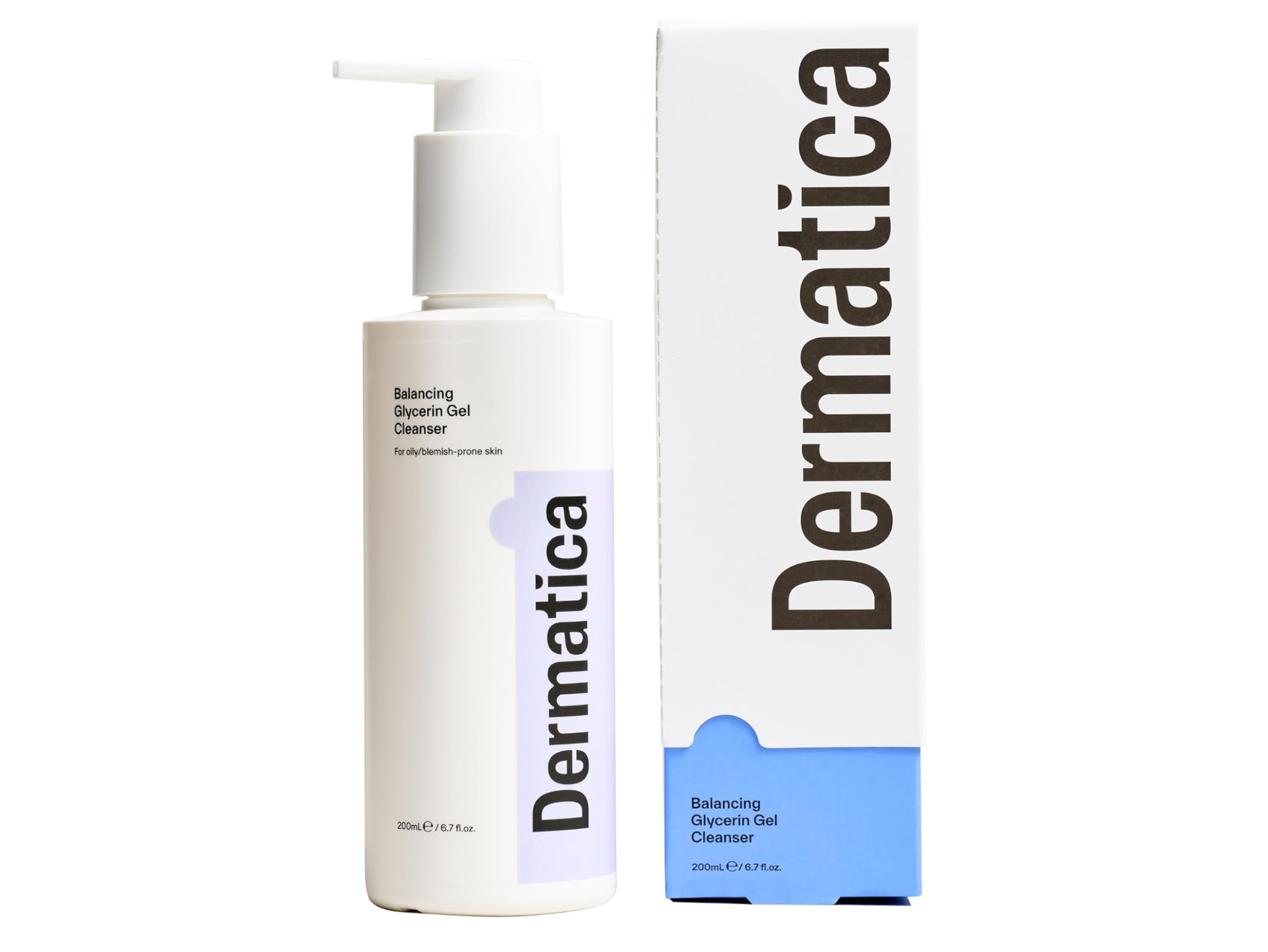The Independent's journalism is supported by our readers. When you purchase through links on our site, we may earn commission. Why trust us?
Glycerin is the skincare buzzword you need to know
From its benefits to the expert-recommended products to try, here’s everything you need to know

Your support helps us to tell the story
From reproductive rights to climate change to Big Tech, The Independent is on the ground when the story is developing. Whether it's investigating the financials of Elon Musk's pro-Trump PAC or producing our latest documentary, 'The A Word', which shines a light on the American women fighting for reproductive rights, we know how important it is to parse out the facts from the messaging.
At such a critical moment in US history, we need reporters on the ground. Your donation allows us to keep sending journalists to speak to both sides of the story.
The Independent is trusted by Americans across the entire political spectrum. And unlike many other quality news outlets, we choose not to lock Americans out of our reporting and analysis with paywalls. We believe quality journalism should be available to everyone, paid for by those who can afford it.
Your support makes all the difference.Glycerin is one of those skincare ingredients that you’ll likely see listed in everything from moisturisers to retinol creams, but what is glycerin, really?
Often it’s easy to dismiss skincare jargon when it looks something like this: bis-peg-18 methyl ether dimethyl silane. But when it comes to glycerin we’ve had our interests consistently piqued upon seeing its name in almost every one of our favourite products, from the CeraVe moisturising cream (£13.60, Lookfantastic.com) to La Roche-Posay’s anthelios SPF50+ (£16, Lookfantastic.com).
In a bid to get to the bottom of things, we called on two dermatologists to set the record straight and share everything you need to know about glycerin, including benefits, skin type suitability and everything in between. They got granular about chemical molecules, breaking things down in layman’s terms; the advantages of using glycerin on hair; and even recommended some of their go-to glycerin-rich products. Here’s everything they had to say.
Meet the experts
Dr Shendy Engelina is a consultant dermatologist at St George’s University Hospital in London and a clinical service lead for personalised skincare service provider Dermatica, where she reviews the brand’s ‘skinlab’ advice library.
Dr Justine Hextall is a consultant dermatologist, a fellow of the Royal College of Physicians, and a director of her own skincare clinic.
What is glycerin?
“Glycerin is a humectant and helps to draw moisture into the skin and hair,” explains Dr Hextall. To break this down, a humectant, as Dr Hextall says, attracts moisture but it does this specifically by pulling it from the air around us.
This, Dr Engelina explains, means that glycerin “helps to reduce water loss from the skin while increasing skin moisture”. And, regarding its technical makeup, it’s “an odourless and colourless compound derived from plants or animal fats”.
Is glycerin good for the skin?
In short, it is good for the skin. Dr Hextall told The Independent how glycerin is light on the skin and very effective at attracting moisture. “It’s an excellent ingredient that adsorbs easily and, as such, makes an excellent addition to moisturisers, especially hand and foot creams,” she says.
What does glycerin do?
Glycerin can aid the skin in a multitude of ways. According to Dr Engelina, it adds hydration and “soothes dry, dehydrated skin by drawing moisture into the skin”. It also “strengthens the skin barrier and protects against environmental aggressors that can cause sensitivity”, for example, sunlight and harmful UVA/UVB rays.
“Glycerin helps boost the absorption of other active ingredients in skincare products,” such as retinoids and vitamin Cs. Finally, owing to its “oil-free and non-comedogenic nature” it “hydrates the skin without leaving a greasy residue, aiding the skin’s healing process”.
Can glycerin cause breakouts?
Dr Hextall assures that “glycerin is non-comedogenic”, so it won’t congest the skin and “it’s a perfect ingredient to add to skincare routines for those that are blemish-prone”.
Does glycerin block pores?
Thankfully not. Owing to the fact it’s a non-comedogenic ingredient, glycerin can “penetrate deep into the skin, drawing moisture to the deeper layers without blocking pores”. Dr Hextall explains that it has a “low molecular weight” and it won’t sit atop the pore-heavy upper layer of the epidermis (outer layer of skin), but rather delves within it.
Can you put glycerin on hair?
“Yes, glycerin is a very popular ingredient in haircare as it helps to draw moisture to the scalp,” says Dr Hextall. It helps to maintain a healthy skin barrier in this area and it “can help balance oil production” – a godsend for those of us with grease-prone roots.
Scalp care-aside, it turns out that glycerin “is also able to draw moisture into the shaft of the hair leaving it smoother and hydrated with less frizz”. A low-cost leave-in-conditioner, if you will.
What is glycerin made out of?
To get technical, glycerin is often described as “the three-carbon backbone of a triglyceride”, says Dr. Hextall. To put this into simple terms, triglycerides are a lipid-type fat often used in nourishing and moisturising skincare products – think, dry skin moisturisers and facial oils. Glycerin is a part of this fat and, in its molecular structure, it features three carbons.
Knowing its molecular structure won’t prove paramount to your skincare know-how but, to give you a nutshell overview of how glycerin comes to be in its own right, “most of the glycerin used commercially comes from the hydrolysis of fats and oils,” aka the splitting of fats and oils to produce two skin-friendly components: glycerin (or glycerol) and youth-boosting fatty acids.
To then create triglycerides off the back of this process, a ‘condensation reaction’ has to occur between our two components, the glycerin and fatty acids.
Are glycerol and glycerin the same?
“The terms,” Dr. Hextall explains, nodding to glycerin and glycerin, “are used interchangeably.” However, “glycerine is less pure with some impurities,” she qualifies and, commercially, glycerin is “around 95 per cent glycerol.”
Is glycerin vegan?

Yes and no. “Glycerin used in skincare products can be made from either plant-based or animal fat sources,” clarifies Dr Engelina. Byoma’s moisturising gel cream (£11.88, Amazon.co.uk) is a tried and tested favourite, if you’re looking for a vegan-friendly formula, and was considered the best gel moisturiser for oily skin in our review.
The expert recommended glycerin products
“Glycerin can be found in many skincare products, including cleansers, moisturisers (lotions, creams, and ointments), serums and even hair care products,” explains Dr Engelina. Its “gentle properties make it suitable for all skin types, including sensitive skin,” and those prone to breakouts and acne.

If you have oily and combination skin, Dr Engelina recommends Dermatica’s balancing glycerin gel cleanser (£11.65, Amazon.co.uk) while, for dryer complexions, it’s all about the nourishing ceramide + peptide moisturiser (£14.35, Amazon.co.uk).
Can glycerin be used for hyperpigmentation?
Running us through how “dry, inflamed skin can become pigmented” and result in hyperpigmentation (where excess melanin causes the darkening of skin areas), Dr. Hextall details how glycerin can be used as a partial solution in this instance.
“Glycerin will help to hydrate skin and repair the skin barrier, so indirectly through this process may reduce inflammation and therefore limit post-inflammatory pigmentation.”
Getting to grips with the latest in skincare? Why not explore retinol benefits and how to use it in your skincare routine?